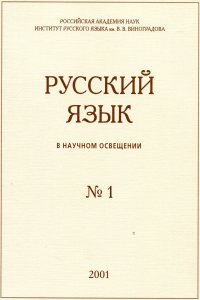Once more on the inscription on the handle of the jug from Tmutarakan
2020. № 2 (40), 222-226
Abstract:
This article proposes a new reading of the Old Russian inscription (presumably the second
half of the 11th century) on the handle of a jug found in 1985 during the excavations of the
Taman settlement. The right side of the inscription is preserved: ...ДЮШЬНИК[Ъ]. The hypothesis
is put forward that the inscription in question is a derivative of the Ukrainian and the
Russian dialect word kénd’ukh ‘a section of the stomach of ruminants; stuffed pork (less often —
veal) stomach dish, salceson’, which is of Turkic origin. The most probable is the conjecture
(КЕНЪ)ДЮШЬНИК[Ъ] ‘a vessel for cooking ~ storing salceson’ (or, perhaps, ‘(a vessel for
storing) salceson’).


